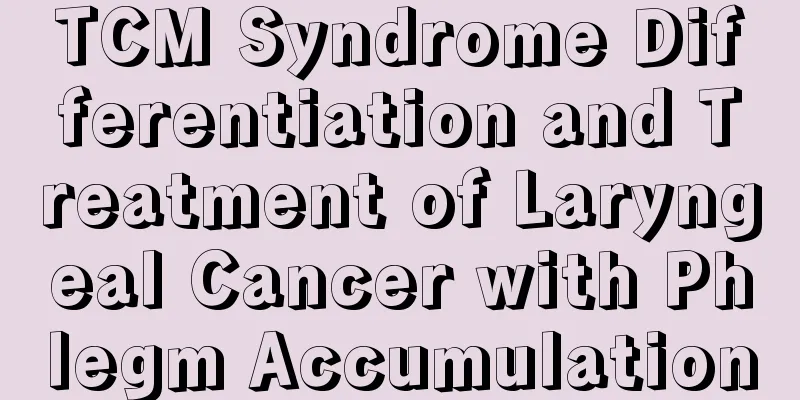What kind of disease is pituitary tumor

|
What kind of disease is pituitary tumor? Many people in life do not know much about this disease, and some have never even heard of it. Pituitary tumors usually occur in young and middle-aged people, and often affect the patient's growth and development, reproductive function, learning and work ability. So, what kind of disease is pituitary tumor? The following is a detailed introduction. Pituitary tumors are a group of tumors that originate from the anterior and posterior pituitary and residual cells of the craniopharyngeal epithelium. Those with obvious clinical symptoms account for about 10% of intracranial tumors, and are slightly more common in men than in women. Clinically, pituitary tumors are mainly benign tumors that occur on the pituitary gland, also known as pituitary adenomas. They are one of the common neuroendocrine tumors, accounting for 10% to 15% of central nervous system tumors. The vast majority of pituitary adenomas are benign tumors. Patients usually present with symptoms of excessive hormone secretion, such as acromegaly caused by excessive growth hormone, and symptoms of insufficient hormone secretion. When the non-functional tumor grows and the normal pituitary tissue is destroyed, amenorrhea occurs due to the decrease in gonadotropin secretion. Infertility or impotence often occurs first and is more common. The treatment of pituitary tumors mainly includes surgery, drugs and radiotherapy. Because there is no method that can achieve the goal of complete cure, various treatment methods have their own advantages and disadvantages. An individualized treatment plan should be formulated based on the size of the patient's pituitary tumor, hormone secretion, complications and comorbidities, the patient's age, whether there is a desire to have children, and the patient's financial situation. At present, the treatment of pituitary tumors is still mainly surgery, supplemented by drug therapy and radiotherapy. Pituitary tumors are located in the sellar region, surrounded by important neural structures such as the optic nerve, internal carotid artery, and hypothalamus, so surgery still has certain risks. The current surgical methods include transsphenoidal, craniotomy, and gamma knife. Tumors with a diameter greater than 3 cm and adhesion to the optic nerve or visual impairment can be treated surgically first. The surgery must achieve sufficient decompression of the optic nerve, and then gamma knife treatment can be performed after surgery. However, recurrence is still possible after surgery, so regular follow-up is required. Pituitary tumor surgery can affect the posterior pituitary gland, which can easily lead to insufficient secretion of posterior pituitary hormone after surgery, which can lead to increased urine volume and even diabetes insipidus. Other complications include hypothalamic reaction, optic nerve damage, cerebrospinal fluid leakage, etc. Some invasive pituitary tumors are very prone to recurrence. Patients need to be reexamined three days, one month, three months, six months, and one year after surgery to observe the dynamic changes in the surgical area and evaluate the efficacy of the surgery. |
<<: Several major causes of tongue cancer
>>: What types of hamartomas are there
Recommend
How much does pancreatic cancer surgery cost
How much does pancreatic cancer surgery cost? I b...
What are the ways to prevent lung cancer? Three major countermeasures are effective in preventing lung cancer
Many people believe that lung cancer is a disease...
What are the symptoms of kidney deficiency in the eyes?
In daily life, many people suffer from kidney def...
Sudden psychosis
Mental illness is caused by high work pressure or...
How to get rid of stick insects at home
The stick insect is a common reptile also known a...
What should patients with advanced lung cancer pay attention to in their diet? Patients with advanced lung cancer should pay attention to these points in their diet
As we all know, for any cancer disease, if it dev...
Is polycystic kidney disease serious? It turns out to be like this
Polycystic kidney disease is a common hereditary ...
Can patients with teratoma eat a light diet
For patients with tumor diseases such as teratoma...
Benefits and methods of gargling with salt water
We know that oral problems are common clinical pr...
Is gallbladder cancer contagious through saliva?
Over the past many years, the question of whether...
Why is earwax wet?
If there is too much earwax in the ear canal and ...
Do people with short life lines really have shorter life spans?
In life, people often care about personal life is...
How to deal with fever after drinking
Usually at gatherings or dinners, everyone will c...
Can loofah seeds cure back pain?
There are always some people in life who suffer f...
Epilepsy patients with hereditary tuberous sclerosis
Most people think that epilepsy is not a very ser...









